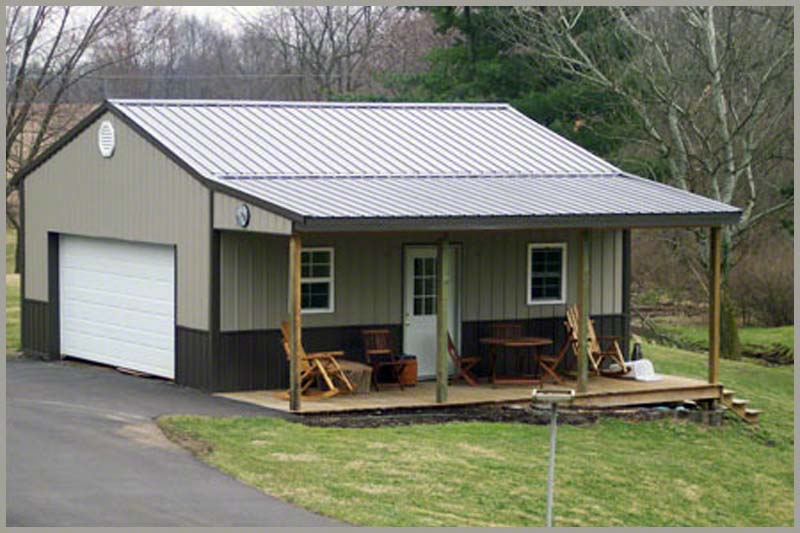Steel Buildings Slide Show
Steel Buildings first gained popularity in the early 20th century.
Their use became more widespread during World War II and significantly expanded after the war when steel became more available.
Steel buildings have been widely accepted, in part due to cost efficiency.
The range of application has expanded with improved materials, products and design capabilities with the availability of computer aided design software.
Structural steel is steel construction material, a profile, formed with a specific shape or cross section and certain standards of chemical composition and mechanical properties.
Structural steel shape, size, composition, strength, storage, etc., is regulated in most industrialized countries.
Structural steel members, such as I-beams, have high second moments of area, which allow them to be very stiff in respect to their cross-sectional area.
In most developed countries, the shapes available are set out in published standards, although a number of specialist and proprietary cross sections are also available.
- I-beam (I-shaped cross-section – in Britain these include Universal Beams (UB) and Universal Columns (UC); in Europe it includes the IPE, HE, HL, HD and other sections; in the US it includes Wide Flange (WF) and H sections)
- Z-Shape (half a flange in opposite directions)
- HSS-Shape (Hollow structural section also known as SHS (structural hollow section) and including square, rectangular, circular (pipe) and elliptical cross sections)
- Angle (L-shaped cross-section)
- Channel, or C section, ( [-shaped cross-section)
- Tee (T-shaped cross-section)
- Rail profile (asymmetrical I-beam)
































































